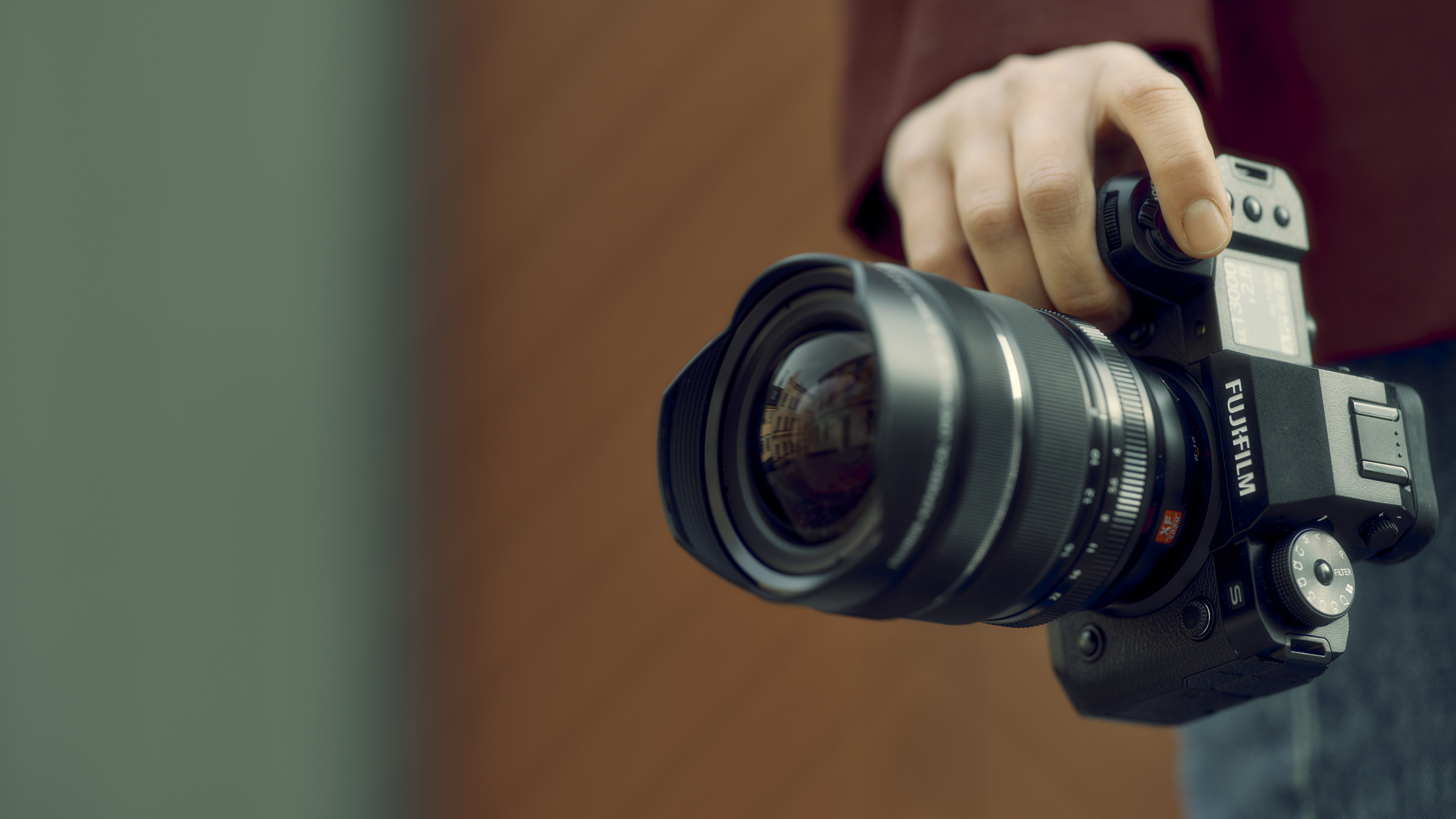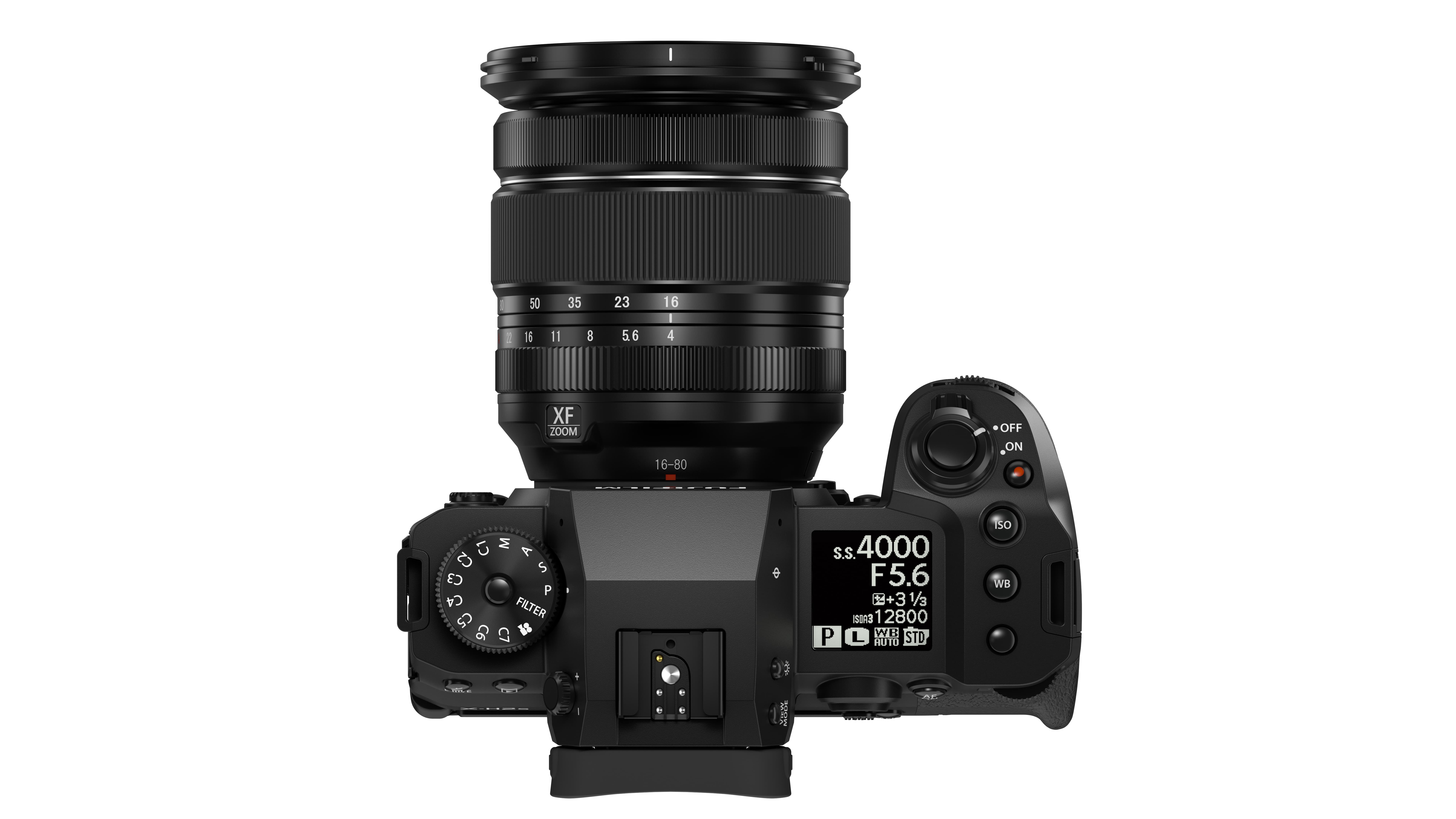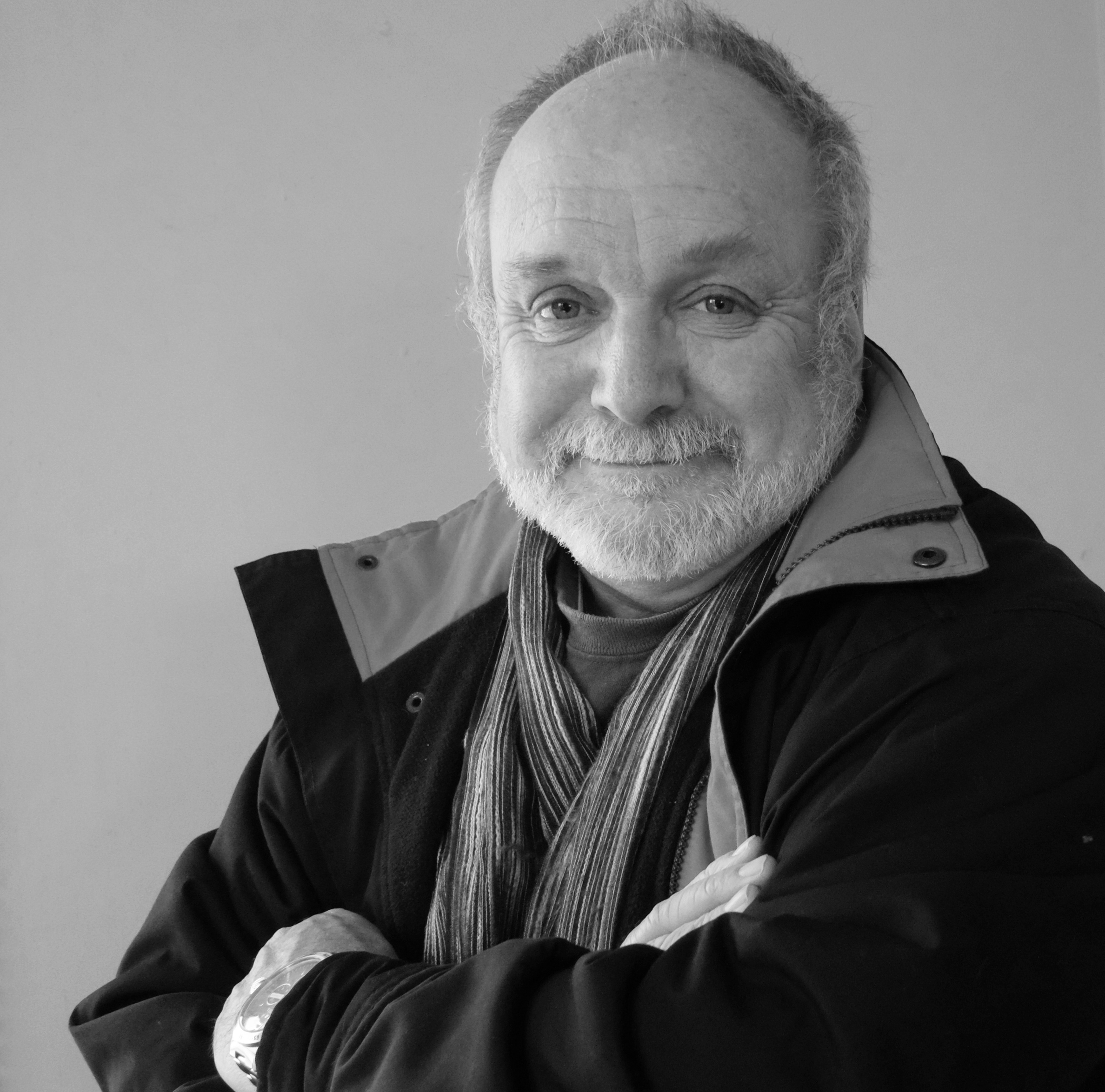The secret ingredient that makes the perfect camera
Seasoned reviewer Paul Burrows has fallen in love again, and he is surprised by his latest pick of the perfect camera

For the 40 years I have been reviewing cameras, it’s only happened on a few occasions. What am I talking about? Well, the magic that happens when everything comes together in a remarkable way to create a camera that is truly special. It’s not just about great design and the clever application of new technologies; there’s a secret ingredient that somehow turns the basic recipe into a masterpiece.
What is this secret ingredient? If I knew, I’d probably be the highly-paid head of a camera company’s product planning division, but I do recognize it when I encounter it. Thinking back, the real standouts aren’t hard to recall – among them are the Canon T90, Nikon F5, Hasselblad XPan, Nikon D3, Leica Q and, more recently, the Canon EOS-1D X Mark III and Leica M11.
It’s happened again with the Fujifilm X-H2S – which is a bit of a surprise because this camera is a big departure from the dial-based modern classics we’ve become used to... and love. It’s even more mainstream in its external design than the camera it replaces, yet the ergonomics are brilliant which, in turn, makes accessing its awesome capabilities both effortless and intuitive. It doesn’t take very long for this camera to start feeling very much like a part of you and ready to go wherever you want. It helps that the X-H2S promises much and delivers even more.
Fujifilm has done it before, of course, notably with the X100 series cameras, but the original model was something we hadn’t seen before and the magic came from the sheer freshness and inventiveness of the thinking behind the design.

On the face of it, the X-H2S has all the same basic ingredients as any of the current high-end hybrid mirrorless cameras and, yes, Fujifilm has added its own flavor to many of them. It’s certainly also measured and mixed all these ingredients well, but the outcome is still something far tastier than is normally the case. I’ve described the mysterious extra ingredient as ‘fairy dust’ because often it seems that nebulous, yet it makes a clearly discernible difference to the whole experience. Perhaps it is primarily about making the technology so easily accessible that you feel the camera is always working with you.
Certainly, comfortable handling and efficient ergonomics play a role here, providing the all-important connection between our visions and the means to realize them. Given the psychological aspects of photography – that it is, in essence, a deeply personal exploration of ourselves – the camera that not only enables this, but actually encourages it, is going to have that special something. And there needs to be somebody in a camera design department that fully understands this or, even better, has experienced it.
Fujifilm certainly seems to get it, as also evidenced by the X-T and X-Pro series cameras and the GFX medium format models, all of which are as much about the photographer as the photograph. That the X-H2S does it better again could just be a happy accident, but in the light of that track record, I think not. What’s more remarkable, though, is that Fujifilm can change course so dramatically in terms of the external design and still get it absolutely right. There’s likely some pragmatism here in that the primary users of this camera – including videographers – want it to work this way, but still the execution is close to flawless.
Get the Digital Camera World Newsletter
The best camera deals, reviews, product advice, and unmissable photography news, direct to your inbox!
I don’t know of any serious photographer who doesn’t have a close relationship with their camera(s), even if some like to play it down, which is just silly. Of course, the camera can’t imagine an image, but you can’t make it a reality without it either... so it’s a special relationship. The cameras that work just that bit harder at this relationship are always going to be winners.
• This column first appeared in the July/August edition of Australian Camera magazine
The best professional cameras
Best Fujifilm cameras
Best Fujifilm lenses
Best Micro Four Thirds cameras
Best full-frame mirrorless cameras

Paul has been writing about cameras, photography and photographers for 40 years. He joined Australian Camera as an editorial assistant in 1982, subsequently becoming the magazine’s technical editor, and has been editor since 1998. He is also the editor of sister publication ProPhoto, a position he has held since 1989. In 2011, Paul was made an Honorary Fellow of the Institute Of Australian Photography (AIPP) in recognition of his long-term contribution to the Australian photo industry. Outside of his magazine work, he is the editor of the Contemporary Photographers: Australia series of monographs which document the lives of Australia’s most important photographers.
